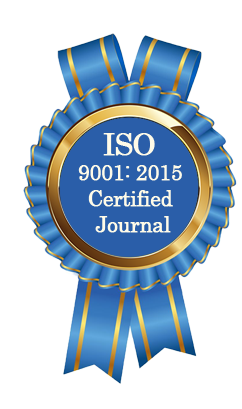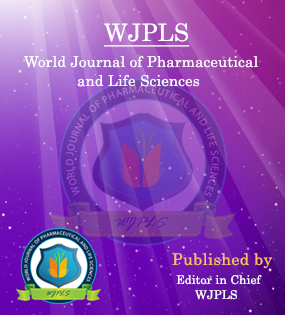Abstract
28 DISTINCTIVE BACTERIAL SPECIES WERE DETECTED USING 16S RIBOSOMAL RNA AT CATTLE MEAT RETAIL STORES
Ayman Sabry*, Jaddawi, A., Salah E. M. Abo-Aba, Bojodah M. and Mohamed Hassen
ABSTRACT
The present work was carried out to detect and identify bacterial strains at cattle meat retail stores using the machinery of 16s ribosomal RNA. Meat samples were sampled from four different sources, specifically beef meat cut¬ting boards, cutting tools (e.g. knives, saws, slicers,. etc), meat grinders, and meat refrigerators at four different retail stores located in Makkah, Saudi Arabia. 28 distinctive bacterial species were detected using 16s Ribosomal RNA at cattle meat retail stores. Macrococcus caseolyticus was ubiquitous where the species was found in all sources and locations. Species Staphylococcus sciuri has also occurred in all locations but not in all locations. DNA se¬quences length of the 49 isolates averaged 1106 pb, the shortest length was 1001 bp for M. caseolyticus sampled from meat boards at location A, where the longest length was 1280bp for M. aseolyticus sampled from meat tools at location B. The average content of bases was very similar to what was found in most of the four sources, that is T, A, C, and G were 22, 26, 23, and 29%. of A+T was 48 % much lower than that of C+G 52%. The percentage of GC ranged from 50% for C. carnis from meat grinders at lo¬cation 4 up to 55% for O.endophyticum from cutting tools at location 2. Phylogenetic analysis of pooled sequences resulted in a rather complicated dendrogram. Only M. aseolyticus from cutting tools at location B had the longest brach length, which means this isolate is the most distantly related to the rest of isolates. However, M. caseolyticus from the rest of the locations and sources were mostly closely related. Pooled DNA sequence analysis re¬sulted in 1349 sites of which 447 sites with alignment gaps or missing data. The number of monomorphic sites was 123 sites and 779 polymorphic sites. These polymorphic sites are divided into 77 singleton variable sites: and 702 parsimony informative sites. The total number of mutations was 1294. The number of conservative regions varied greatly among sequenced the four meat sources. Cutting boards had the lowest number of conserved regions 4 whereas both catting tools and meat grinders had the largest number 9. When all sequences were pooled together only 3 conserved regions were de¬tected. The present work alarms serious sounds about the hygiene of tools used to cut, prepare, and cold store cattle meat in retail stores. As the number of detected bacterial strains reached 28 distinctive strains. These bacterial strains are genetically closely related. Some of these 28 strains are antibiotic-resistant Bactria might be opportunities-driven human pathogens and hence have earnest repercussions on the health of consumers.
[Full Text Article] [Download Certificate]WJPLS CITATION 
| All | Since 2020 | |
| Citation | 590 | 424 |
| h-index | 12 | 10 |
| i10-index | 17 | 14 |
INDEXING
NEWS & UPDATION
BEST ARTICLE AWARDS
World Journal of Pharmaceutical and life sciences is giving Best Article Award in every Issue for Best Article and Issue Certificate of Appreciation to the Authors to promote research activity of scholar.
Best Article of current issue
Download Article : Click here





